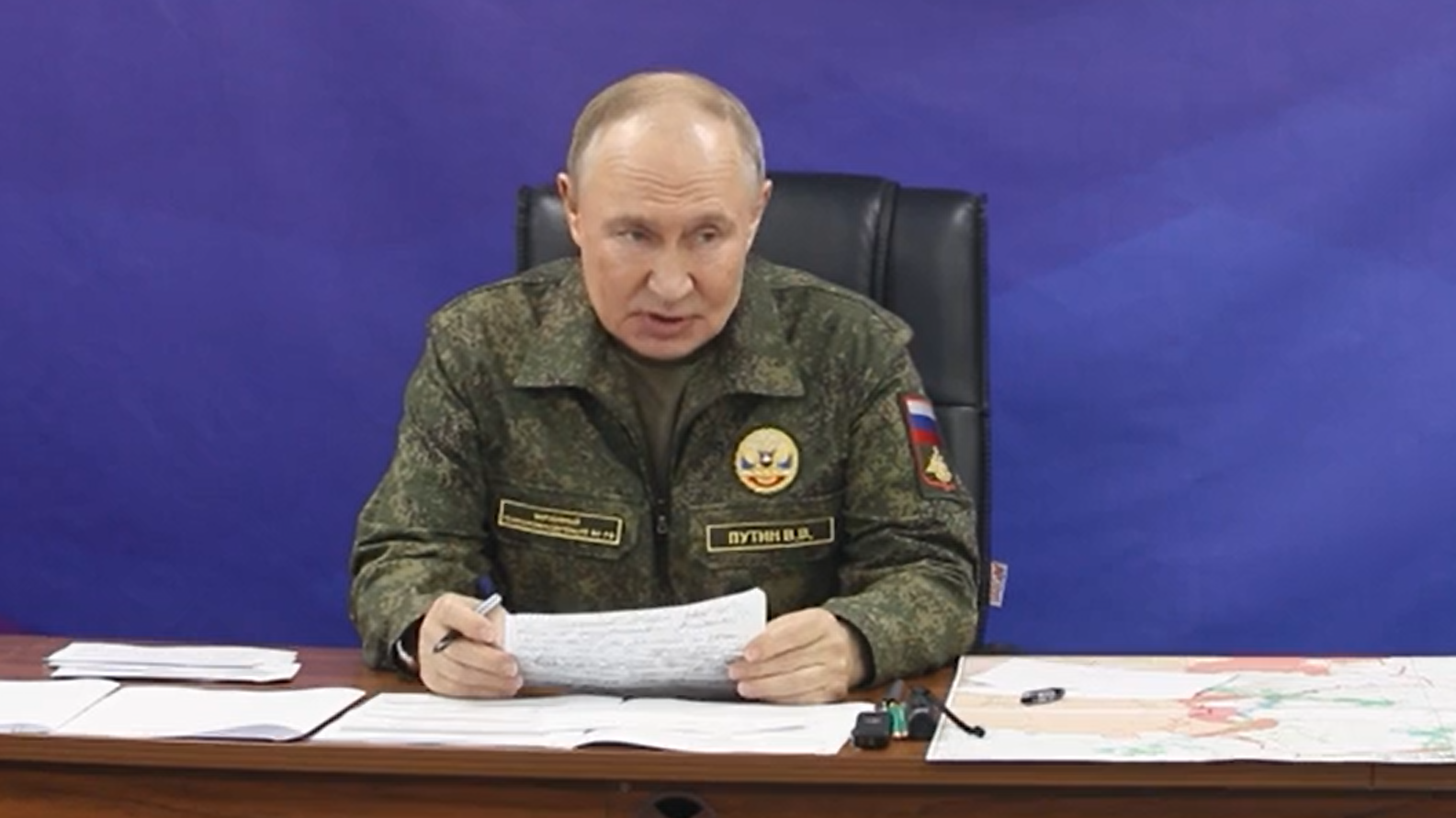Russia has announced a successful test of its nuclear-powered Burevestnik cruise missile, a weapon President Vladimir Putin described as “unique” and capable of evading any air defense. But Western analysts say the missile offers no real strategic advantage, calling it dangerous, impractical, and largely pointless.
The test, carried out last week in the Arctic, marks the latest Russian effort to showcase its military and nuclear capabilities amid growing battlefield losses and new Western sanctions. Yet, defense experts say the missile adds little to Russia’s existing arsenal and is more about political theater than military innovation.
“The main reason no one else has tried to build something like this is that it doesn’t really have any use,” Pavel Podvig, a senior researcher at the UN Institute for Disarmament Research, told NBC News. He noted that the missile’s nuclear propulsion system introduces serious safety risks without improving Russia’s nuclear deterrent.
Burevestnik’s range touted, but experts see little practical value
The Burevestnik, code-named Skyfall by NATO, is designed to fly for days at low altitudes, theoretically allowing it to bypass missile defense systems and reach targets anywhere on the planet. But experts argue that modern ballistic and submarine-launched missiles already provide similar reach, without the danger of an airborne reactor or radioactive fallout from a failed launch.
Kremlin spokesperson Dmitry Peskov defended the test, saying it reflected Moscow’s determination to “ensure its own security [...] especially against the backdrop of the militaristic sentiment that we are currently hearing, primarily from the Europeans.”
Putin announced the test alongside Russia’s top general, Valery Gerasimov, claiming the missile flew for 15 hours and covered nearly 9,000 miles - a record range.
US President Donald Trump called the test “inappropriate,” urging Putin to focus on ending the war in Ukraine instead of “testing missiles.”
Burevestnik: risky relic, not a real threat
The Burevestnik is one of several experimental nuclear weapons Putin unveiled in 2018 to demonstrate Russia’s ability to outpace Western missile defenses. Both the US and Soviet Union abandoned similar projects during the Cold War because of extreme safety hazards and limited strategic value.
A 2019 explosion in northern Russia, which killed five scientists and caused a brief radiation spike, was widely believed to involve a failed Burevestnik test. The incident highlighted the dangers of mounting nuclear reactors on missiles, a concept largely dismissed by modern militaries.
Analysts say the latest test was likely timed to reinforce Moscow’s narrative of technological strength and resilience as sanctions and military setbacks continue to erode its conventional power.
Despite Putin’s boasts, experts agree the Burevestnik is less a weapon of the future than a costly symbol of Russia’s political defiance.

